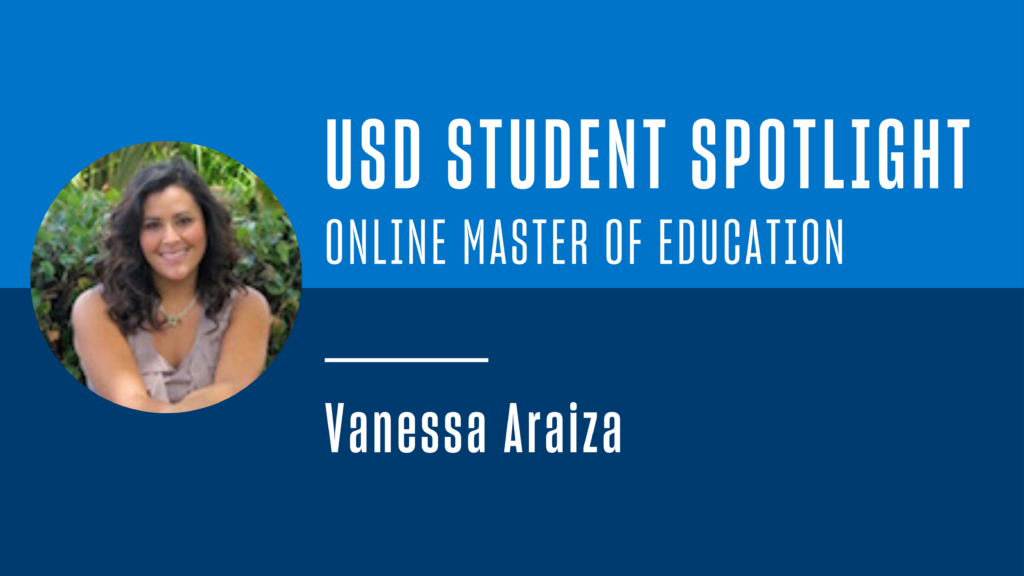Choosing the right grade level to teach is one of the most important decisions in a teacher’s career. The age group you work with shapes everything from your daily interactions and teaching strategies to your long-term job satisfaction. Whether you’re a new teacher deciding where to start or an experienced educator considering a switch, this guide will help you explore the factors that influence grade level fit and determine which classroom environment is right for you.
Why Grade Level Matters
As a teacher, choosing the right grade level is essential for your success and job satisfaction. The grade you teach impacts your daily responsibilities, student interactions and overall career trajectory. Here are some common reasons why educators consider making a change:
- Desire for a new challenge: Teaching the same grade level for years can feel routine. Moving to a new grade introduces fresh challenges that keep teaching exciting and engaging.
- Interest in a different age group: Some teachers naturally connect better with younger children, while others thrive with older students. Switching grades allows educators to find the best fit for their teaching style.
- Curriculum preferences: Teachers may feel more inspired teaching certain subjects or skill sets that are emphasized in different grade levels.
- Professional development: Gaining experience across multiple grades can broaden an educator’s skill set, making them more versatile and valuable in their field.
- Classroom management style: A teacher’s approach to discipline and structure may be better suited for a different age group; for example, you may be more comfortable managing older students’ behavior, rather than young elementary students.
- Burnout prevention: Switching grades can provide a sense of renewal, preventing fatigue and keeping teachers motivated.
- Personal life changes: Life events, such as having children of a similar age, may influence a teacher’s interest in working with a particular grade.
- Team dynamics: The opportunity to collaborate with a new group of teachers can improve job satisfaction and provide fresh professional relationships.
- School or district needs: Sometimes, schools require teachers to shift grades due to enrollment changes or staffing needs.
- Future career goals: Teachers considering leadership roles, curriculum development or administration may benefit from experience at multiple grade levels.
As you grow in your profession, you may find that switching grade levels better aligns with your evolving skills, interests and goals.
For one, teaching a grade that resonates with your strengths and interests fosters stronger connections with students. Building meaningful relationships is essential for creating a positive learning environment, one in which students feel comfortable and eager to participate. Likewise, when you are comfortable with a particular curriculum and age group, you can deliver more engaging and impactful lessons.
Effective classroom management is another cornerstone of successful teaching and varies significantly across different age groups — hence, why matching your classroom management style to the appropriate grade is vital. Furthermore, teaching a suitable grade promotes long-term career sustainability. When you find your niche, you are more likely to remain passionate and committed to the teaching profession over time.
All in all, when teachers feel fulfilled in their roles — including teaching the right grade level — they are more likely to be effective educators.
Key Factors to Consider
Switching grade levels is a significant decision that requires careful evaluation of both personal and professional factors. Evaluating these factors can help you make an informed decision and ensure that your next step aligns with your teaching strengths and professional goals.
- Personal teaching style: Consider whether your approach to instruction, classroom engagement and lesson planning is better suited to younger or older students.
- Preferred age group and characteristics: Different age groups come with unique developmental needs, attention spans and learning styles. Think about which group you connect with best.
- Curriculum interests or subject complexity: Some educators enjoy teaching foundational skills, while others prefer exploring more complex subject matter. Consider which curriculum best aligns with your interests.
- Classroom management strengths: Effective classroom control strategies vary by grade level. Determine whether your strengths lie in providing structure for younger students or managing independence in older students.
- Communication style: Younger students require more direct instruction and social-emotional support, while older students benefit from critical discussions and self-directed learning. Choose a grade level that suits your communication preferences.
- Career goals: If you’re considering future leadership roles, curriculum development or specialization in a subject area, gaining experience across grade levels may be beneficial.
- Professional development opportunities: Certain grade levels may provide access to specialized training, certifications or advancement opportunities that align with your career aspirations.
- Work-life balance needs: The workload, planning requirements and after-school commitments can vary widely by grade level. Assess how switching grades may impact your work-life balance.
- Experience with specific grade levels: Your previous experience can play a role in how easily you transition. Moving within a similar age range may feel more natural, while a bigger jump may require additional training and adaptation.
- School or district demands: Sometimes, external factors such as staffing shortages or policy changes influence grade level assignments. Understanding your school’s needs can help you navigate potential transitions.
- Available resources: Consider whether your new grade level provides the necessary teaching materials, support staff and technology to set you up for success.
Grade-by-Grade Guide
A teacher can only truly understand what it’s like to teach certain grade levels from experience; that said, there are some universal truths about what it’s like to teach students of different ages.
Of course, every teacher will have a unique experience no matter the grade they teach. The following chart should simply serve as a general guide for deciding which grade might be the best fit.
| Grade Level | Opportunities | Considerations |
|---|---|---|
| Kindergarten–2nd Grade | Opportunity to build foundational skills (reading, writing, math) Younger students are enthusiastic and eager to learn Strong focus on creativity and play-based learning Close collaboration with parents and families | Heavy emphasis on classroom management and routine building High dependency levels; students require constant supervision Emotional and social development is still emerging Physically demanding due to high energy levels and hands-on activities |
| Grades 3–5 | Students are more independent but still enthusiastic to learn Opportunity to teach deeper concepts while fostering curiosity Strong relationships can be built with students at this stage Classroom management is often easier than with younger grades | Standardized testing pressures begin in many schools Wide range of maturity levels among students Students may begin testing boundaries Requires balancing teaching foundational and intermediate skills |
| Grades 6–8 (Middle School) | Opportunity to specialize in specific subjects Students begin developing critical thinking and abstract reasoning A chance to guide students through important social and emotional growth | Managing adolescent behavior and mood swings Increased need for conflict resolution skills Students may become disengaged or resistant to authority Challenging to maintain structure during a transitional life stage |
| Grades 9–12 (High School) | Ability to dive deeply into specific subjects Opportunity to help students prepare for college or careers Students can be more mature and self-motivated Chance to mentor students in their personal and academic growth | Balancing rigorous academic expectations with individual needs Emotional challenges from peer pressure, stress and social issues Less parental involvement as students become more independent Pressure to help students meet graduation and post-secondary goals |
Which Grade Should You Teach?
Choosing the right grade level to teach can make a huge difference in your job satisfaction and effectiveness as an educator. Use this checklist to see which grade level aligns best with your strengths, interests and teaching style.
Teaching elementary school is for you if:
- You have a passion for helping students build foundational skills in reading, writing and math.
- You enjoy creating a nurturing, supportive environment where students can explore and learn through play.
- You thrive in roles that require hands-on activities, creativity and patience.
- You are comfortable guiding students through emotional and social development.
- You value close communication and collaboration with parents.
Teaching middle school is for you if:
- You enjoy working with students who are in a transitional phase and love helping them navigate personal and academic growth.
- You’re excited about teaching a specific subject area and guiding students through more complex concepts.
- You’re patient and skilled in managing adolescent behavior and mood swings.
- You thrive in an energetic, ever-changing classroom environment.
- You enjoy fostering students’ independence while still providing structure and support.
Teaching high school is for you if:
- You have a passion for teaching specialized subjects and diving deep into advanced content.
- You’re eager to help students prepare for their future careers or higher education.
- You enjoy mentoring students as they begin to take more responsibility for their learning.
- You have strong classroom management skills and can handle the challenges of an older, more independent group.
- You are comfortable with the pressures of preparing students for standardized tests and post-graduation paths.
Wherever you thrive, choosing a grade that aligns with your strengths will set you up for long-term success.
If you’re considering advancing your skills and exploring new opportunities in education, the University of San Diego’s online Master of Education program offers the flexibility and resources to help you take the next step. Learn more about how this program can support your professional growth and open new doors in your teaching career.




